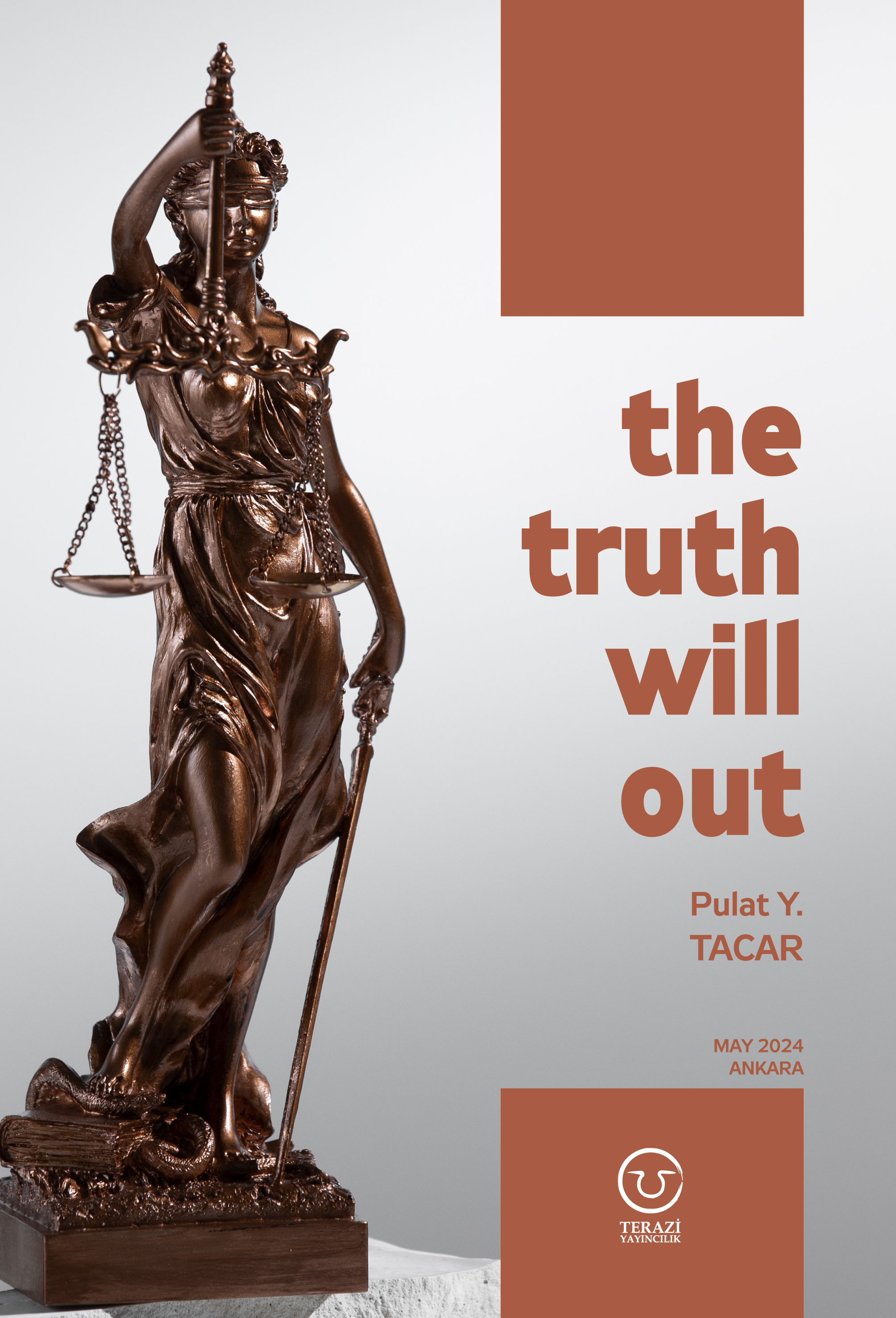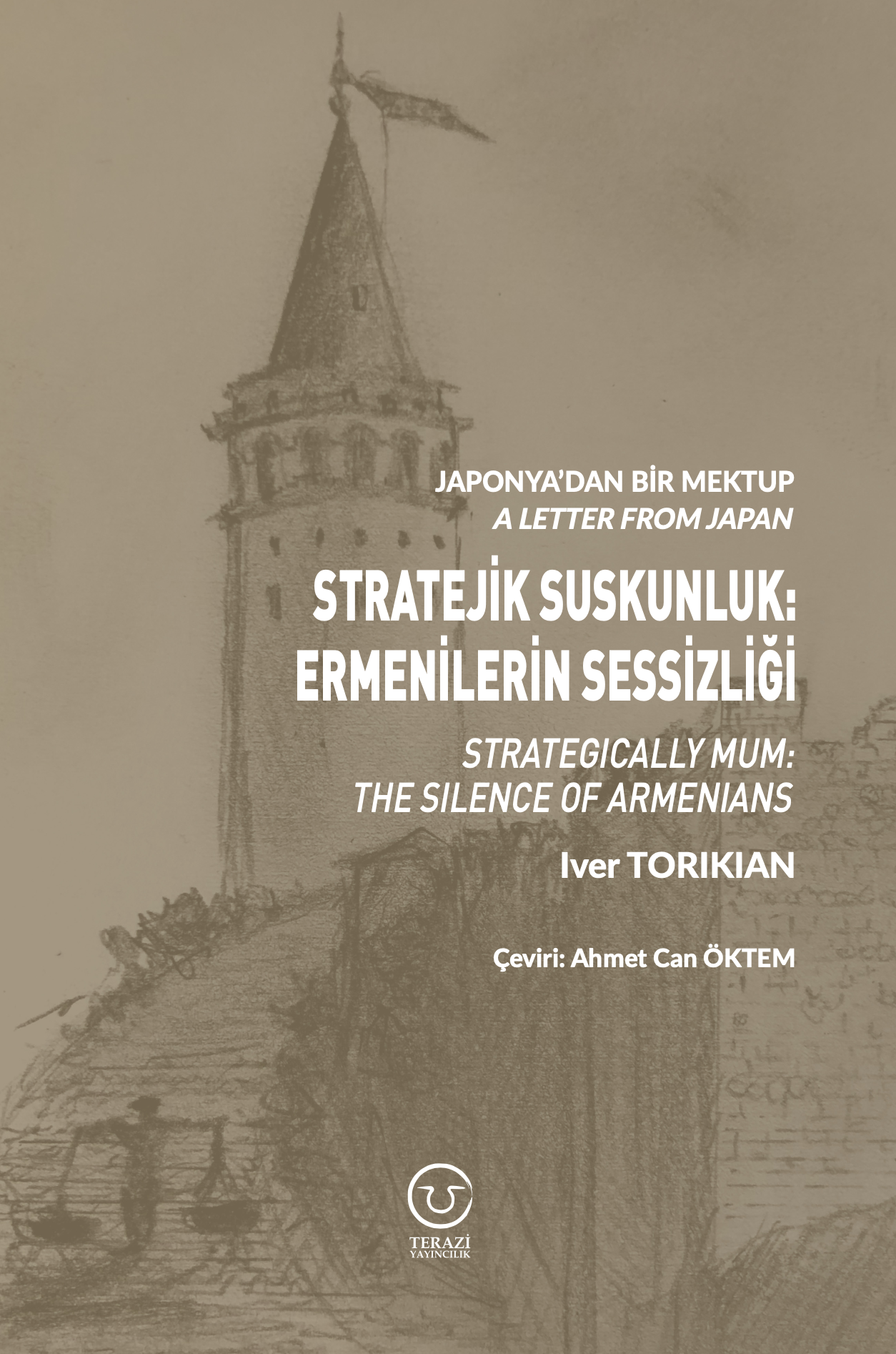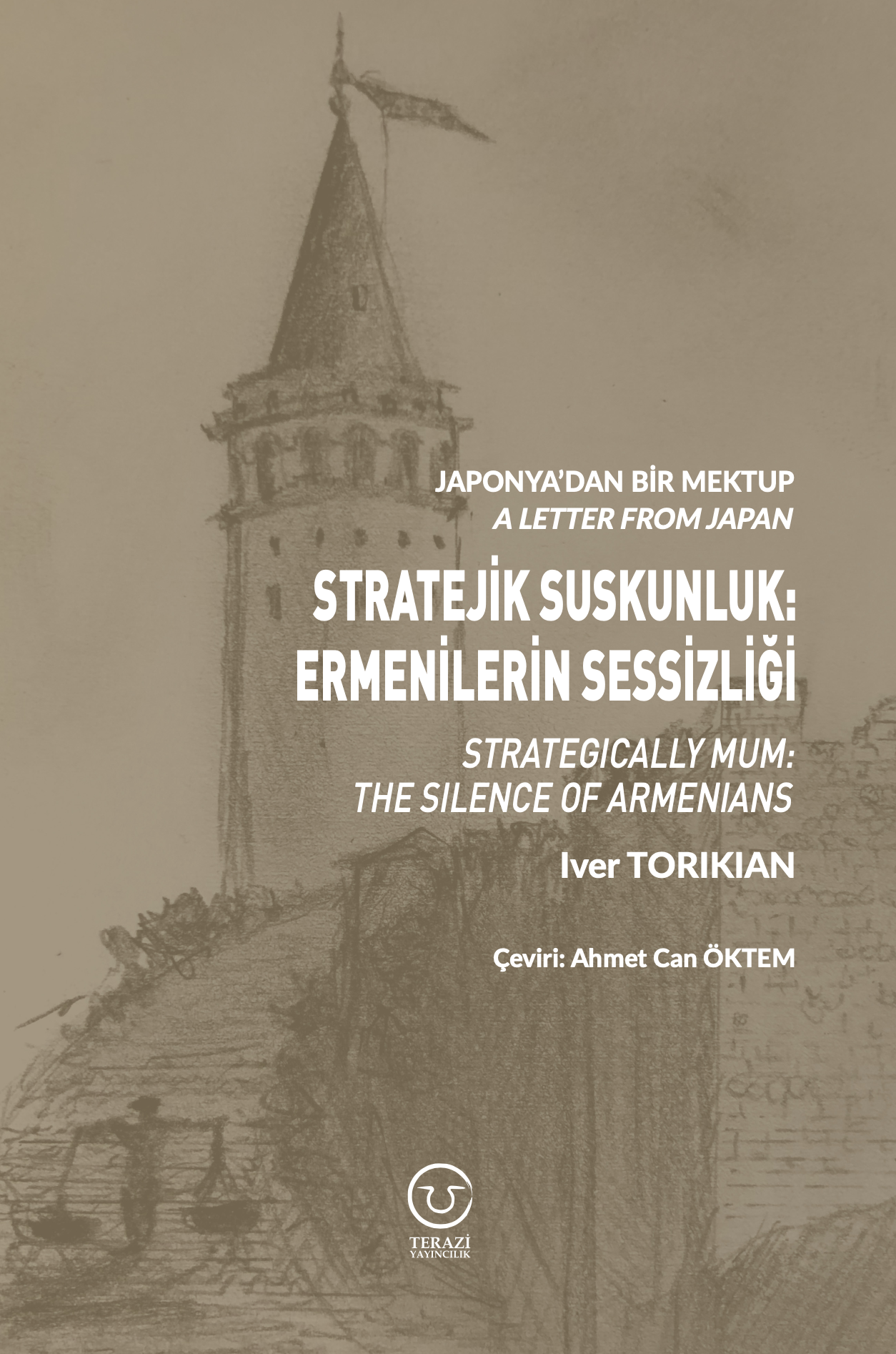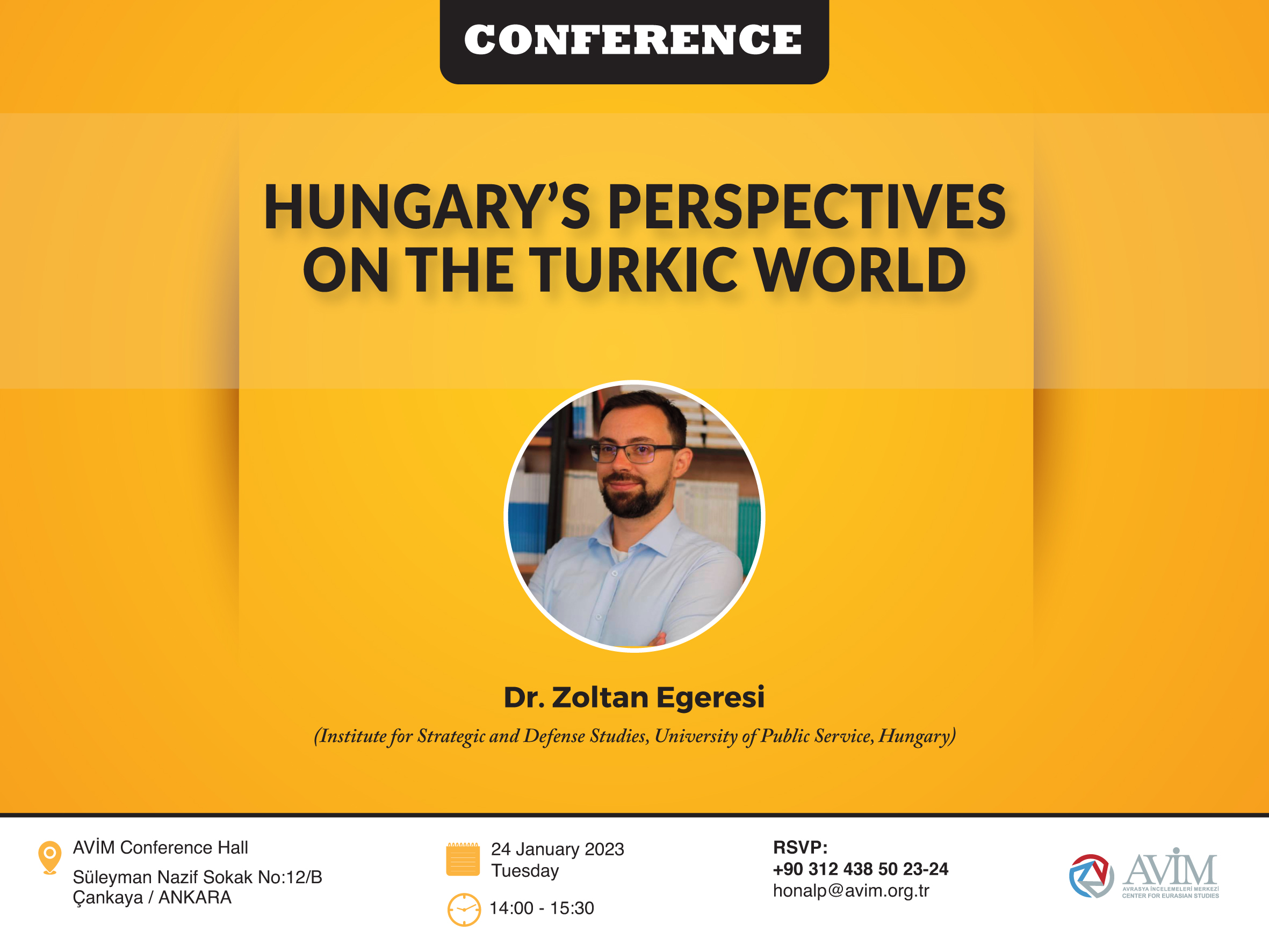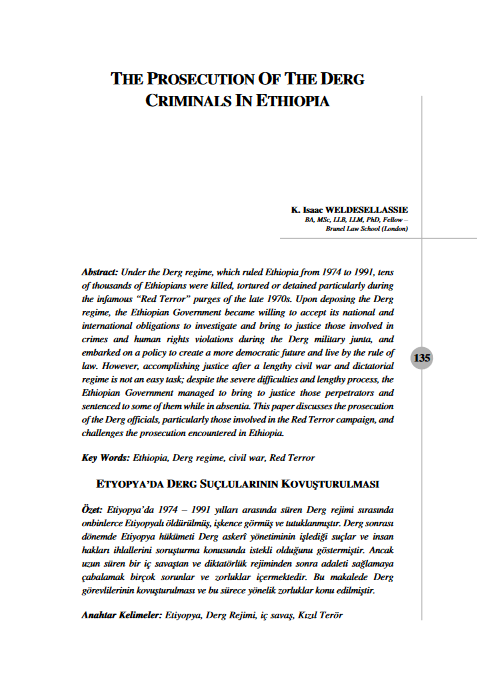Title: This Blessed Land: Crimea and Crimean Tatars
Author: Paul Robert Magocsi
Published by: Toronto University Press
Language: İngilizce
ISBN: 978-0-7727-5110-2
Pages: 152
This Blessed Land by Paul Robert Magocsi makes an important contribution to the literature on Crimea, a country where representatives from a great variety of linguistic and cultural groups in Europe and Asia have left their mark: beginning with the Taurians, Scythians, Greeks, Sarmatian Alans, and Romans of antiquity, and continuing in medieval times with Byzantine Greeks, Goths, Khazars, Kipchacks, Mongols, Tatars, Seljuk Turks, Genoese, Venetians, Armenians, Crimean Jews, Greeks, Bulgarians, and Germans and in more modern times with Ottoman Turks, Russians, and Ukrainians. One of the biggest achievements of Magocsi is the fact that while presenting a comprehensive narrative on Crimea’s ancient and modern civilizations, he refrains from getting lost in details, a danger that presents itself when the subject matter of a book encompasses such a wide scope both in terms of history and demography.
Starting off with a romantic physical description of Crimea, The Blessed Land comprises 10 chapters and 152 pages, with a special emphasis on Crimean Tatars. Accompanied with illustrations including maps and pictures of monuments and ancient rulers, the chapters on ancient civilizations and Kipchaks, Mongols, Tatars and Italianate Crimea, not only introduce the reader with the variety of ethnic entities and cultures flourished in this region, but also makes critical connections to present day to explain how the ethnic, social, as well as religious structures in Crimea today are to a large extent influenced by the unique mix of people who lived in this part of the world long time ago. In this regard, one can understand why Crimea has held a special place both in the hearts and minds of culturally conscious Orthodox Russians and Ukrainians on the one hand, and of Mongols and Crimean Tatars who embraced Islam as their official religion. The Chapter on Crimean Khanate presents the political realignments that emerged with the onset of the Ottoman rule in the region, and the changes brought by the growth of the Tatar and the Turkic populations. The following chapters elaborate on the large scale emigrations of Muslim groups from Crimea and the arrival of Russians and Ukrainians, and the complex set of events unfolding with the onset of World War I. By calling the negative impacts of Stalin’s “revolution from above” on the Tatar cultural and social life as a “cultural genocide”, Magocsi explains the efforts of the Soviet government to destroy the Tatar ethnic and cultural identity very clearly. In the following chapter, “Crimea During World War II”, he focuses on the political dynamics at work during the German occupation of Crimea and the deportation of Crimean Tatars after the war on what was known as The Black Day, which is still commemorated today by the Tatar diaspora. Chapter 9 on “Soviet Crimea and Exiled Crimean Tatars” explains the slavicization of the Crimean Peninsula and the birth of the Crimean Tatar national movement. In the final chapter, “Crimea in Independent Ukraine” Magocsi presents the political changes in recent history and focuses on the efforts of Crimean Tatars in Crimea to reclaim their culture.
One of the main factors that makes this book credible and appealing, not only for those who are specifically interested in Crimea, but also for the general reader who may not have a particular knowledge about the region, is the fact that Magocsi uses an objective and unambiguous language in a context that is complicated by its very nature. Since Crimea has distinctive geographic features and it occupies a unique place in contemporary international politics this book will be enlightening and intriguing for readers from all kinds of backgrounds. That being said, I believe that it will be particularly interesting for the large diaspora of Crimean Tatars in Turkey and Uzbekistan because as they read through the pages many of them will find the opportunity to make personal connections with their past and the land that they or their parents were detached from long time ago. As a final word, it is important to note that Magocsi attempts answer the very question that circulates through the reader’s mind as he or she reads the history of the variety of groups that lived in Crimea: to whom does this land belong?
© 2009-2025 Center for Eurasian Studies (AVİM) All Rights Reserved

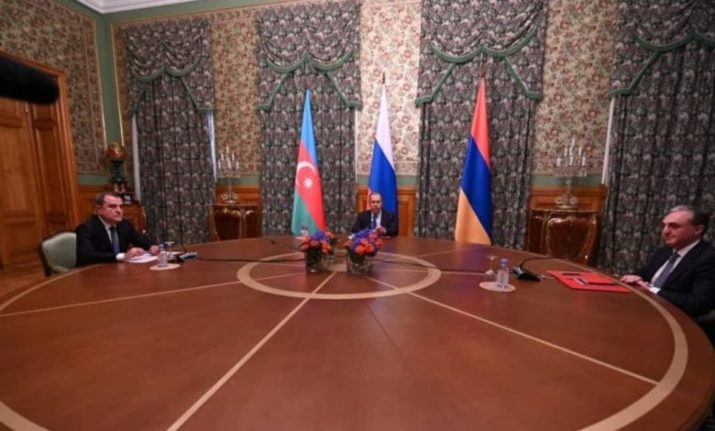 THOUGHTS ON THE PROSPECTIVE ‘PEACE TALKS’ AFTER THE RECENT ESCALATION IN KARABAKH
THOUGHTS ON THE PROSPECTIVE ‘PEACE TALKS’ AFTER THE RECENT ESCALATION IN KARABAKH
 EMMANUEL MACRON CONTINUES WITH DISPARAGING COMMENTS
EMMANUEL MACRON CONTINUES WITH DISPARAGING COMMENTS
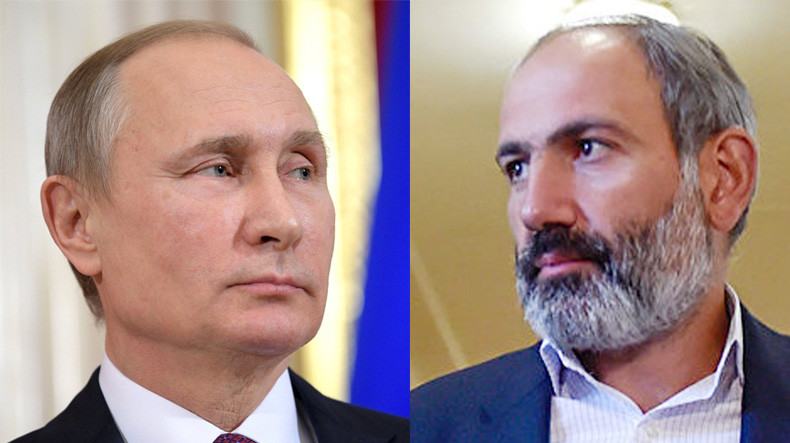 “WITCH HUNT” IN ARMENIA. REACTIONS FROM RUSSIA TO THE “PURIFICATION” OF ARMENIA FROM “KARABAKH CLAN”
“WITCH HUNT” IN ARMENIA. REACTIONS FROM RUSSIA TO THE “PURIFICATION” OF ARMENIA FROM “KARABAKH CLAN”

